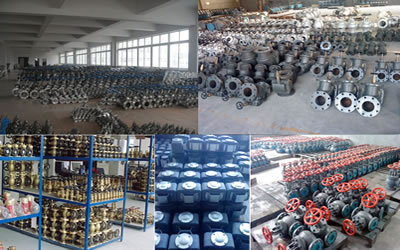Human Error a Factor in Both US Navy Collisions
Investigations into two separate collisions involving US Navy vessels have revealed that multiple failures by watch standers contributed to the incidents.
The navy released a report on November 1 detailing the events and actions that led to the collision of USS Fitzgerald (DDG 62) and Philippine-flagged containership ACX Crystal, operated by Japan’s NYK Line, off the coast of Japan June 17, and the collision of USS John S. McCain (DDG 56) and Liberian-flagged tanker Alnic MC on August 21.
“Both of these accidents were preventable and the respective investigations found multiple failures by watch standers that contributed to the incidents,” Adm. John Richardson, Chief of Naval Operations (CNO), said.
The report showed that the collision between Fitzgerald and Crystal was avoidable and resulted from an accumulation of smaller errors over time, “ultimately resulting in a lack of adherence to sound navigational practices.”
Specifically, Fitzgerald’s watch teams disregarded established norms of basic contact management and, more importantly, leadership failed to adhere to well-established protocols put in place to prevent collisions. In addition, the ship’s triad was absent during an evolution where their experience, guidance and example would have greatly benefited the ship.
The second collision, between John S. McCain and Alnic MC, was also avoidable and resulted primarily from complacency, over-confidence and lack of procedural compliance, the US Navy said.
A major contributing factor to the collision was sub-standard level of knowledge regarding the operation of the ship control console. In particular, McCain’s commanding officer disregarded recommendations from his executive officer, navigator and senior watch officer to set sea and anchor watch teams in a timely fashion to ensure the safe and effective operation of the ship.
With regard to procedures, no one on the Bridge watch team, to include the commanding officer and executive officer, were properly trained on how to correctly operate the ship control console during a steering casualty, according to the report.
These collisions, along with other similar incidents over the past year, indicated a need for the Navy to undertake a review of wider scope to better determine systemic causes. The navy’s completed its Comprehensive Review of Surface Fleet Incidents on October 23, 2017.





